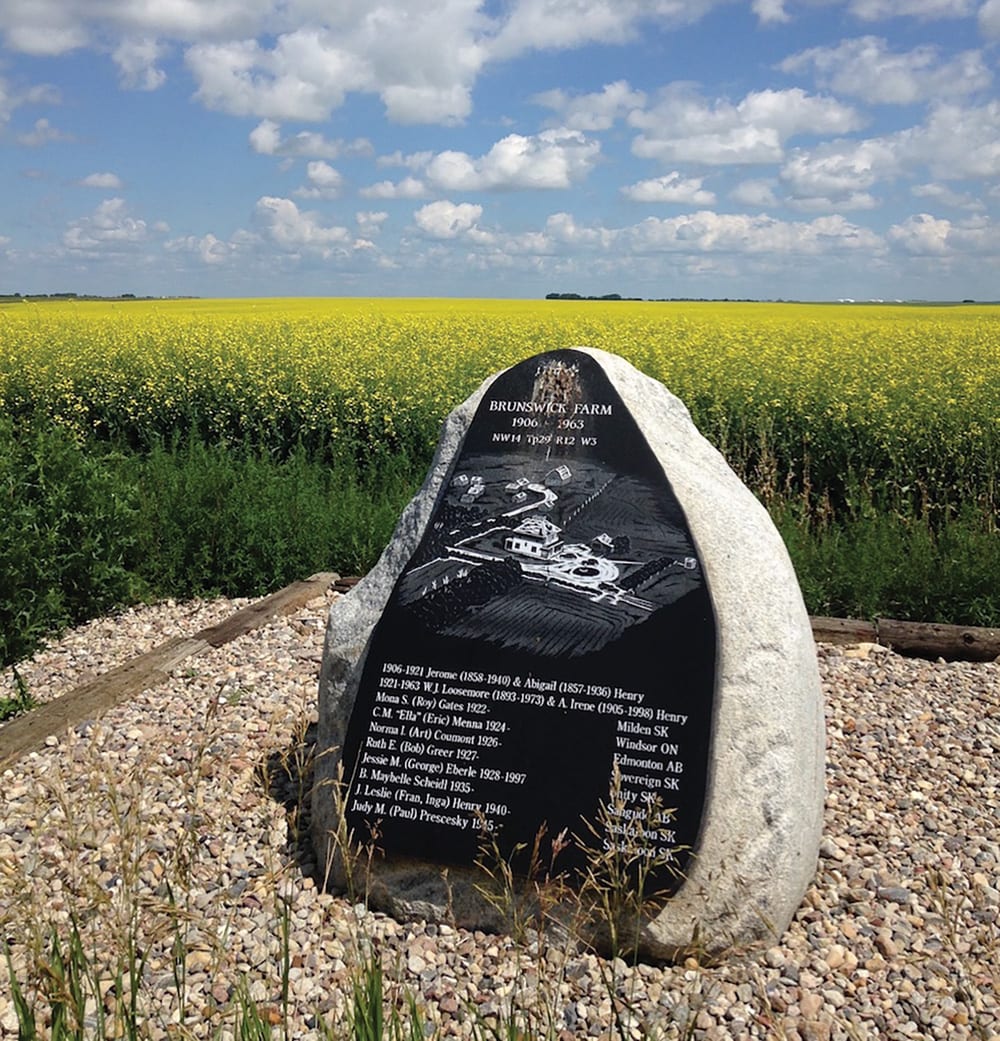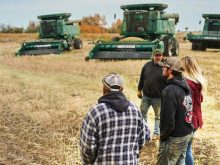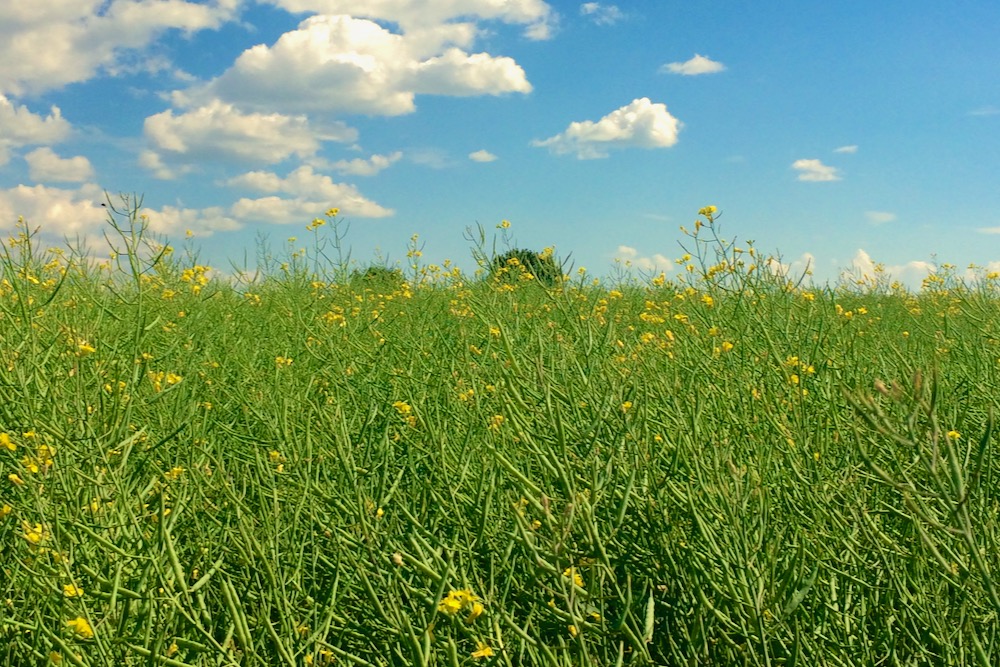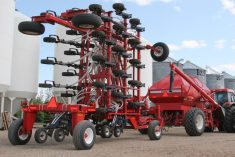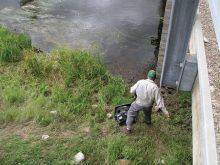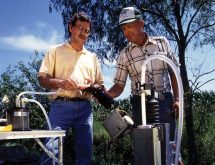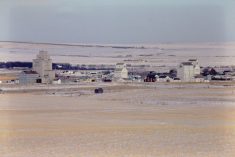As we approach the happy Christmas season let us set aside the latest news and consider the steps that have taken us to this point in our farming endeavors. In Manitoba and southeast Saskatchewan some farming went on in the late 1800s but the big acres of the Palliser triangle were still in prairie grass until the early 1900s.
The plough
In 1906 my grandfather Jerome Henry and brother acquired a few quarter sections of good, stone free clay land near Milden, Sask., Jerome had a steam engine and plough and broke their land and also did custom work.
Read Also

Claas brings 1000 Series SP forage harvesters to Canada
In mid-August, Claas unveiled its new line of Jaguar forage harvesters at an event in Visalia, California, deep in the heart of that state’s dairy region.
Mother Nature had spent thousands of years converting the bare clay deposits from the glacial lake to the rich soil that they broke. Work down the breaking with discs and harrows, plant some wheat seed and harvest the bounty — as long as it rained. The First World War fueled high wheat prices. The Brits thought Western Canada was unfair competition because the only input was seed. It was basically a soil mining process.
With very little cash expense it was possible to grow 30+ bushels of wheat per acre and in 1917 sell it for $30+/bushel in 2018 dollars. The big Foursquare house I was raised in, and many more like it, were built in 1917 or 1918. The anticipation was that by 1930 all farmers would be millionaires.

The agronomic and economic setbacks of the early 20s and dirty 30s dashed the hopes of great riches. By the 1940s, summerfallow was seen as the answer to years of low rainfall. The summerfallow not only leveled out moisture but the mineralization of nitrogen meant that the mining could continue. The nitrogen-supplying power lasted long enough to allow the serious drawdown of available phosphorus supplies.
Phosphorous: The first deficiency
By the 1950s, field strip tests with fertilizer clearly showed that a bit of phosphorus, placed with the seed, could give large and very economic yield increases.
Up until the late 1950s summerfallow was the big mining exercise and little nitrogen fertilizer was used.

1960s: Start of N fertilizer
Most graphs that show the growth of the fertilizer industry start in 1960, the year I left the farm and started university. The 1960s were the start of soil testing (1966 in Saskatchewan). That led to the widespread adoption of nitrogen fertilizer and the slow-but-sure demise of summerfallow.
Early 1970s back step
So now we knew how to grow it but wheat was still king, and markets were too few to absorb all that wheat. Up pops the infamous LIFT (Lower Inventories For Tomorrow) program. It paid famers for summerfallowing two years in a row.
In 1970 I gave a talk to the then-WCFA (Western Canada Fertilizer Dealers Association) in Winnipeg. I was young and scared and worked very hard digging up all the statistics. The data showed that the price of nitrogen fertilizer was determined largely by the price of wheat.

We had lots of graphs and other data but basically what I told the folks was “Farmers now know that N fertilizer works. When they can sell their wheat for a decent price they will buy your fertilizer in spades.” We went on to predict that they might sell one million tonnes of product by 1975. That prediction was laughed at — but it turned out to be low.
About 1973, wheat was off to China. The price took off like a rocket and farmers were as rich as they have ever been. Land prices shot way up and lots of new equipment was bought.
And then came the mid ’80s
Drought, poor yields, poor prices and high interest rates brought the glory days to a screeching end. Land prices tanked with many foreclosures. No money in farming was the common theme.
Adversity spawns innovation
The net cumulative dry years led to severe wind erosion. Farmers were sick of dirt in the air. They went to farm shops and came up with new seed drill openers and seeders that would properly place fertilizer and seed while maintain surface moisture for germination.
That revolution was driven almost entirely by farmers themselves. Some of us from research improved fertilizer, herbicide, and seed options but the big gains came from farmers. Adversity led to zero till, new crops, and new hope.
Now
Let us go back to the home quarter I was raised on and see where we are now.
The gross revenue from the 2017 crop might have been close to what Grandfather reaped in 1917 but the 1917 net would have been much greater. The 1917 wheat price would be worth $34/bushel in 2018 dollars.
So, we have come through early prosperity that came only from the new soil, through many decades of challenges with a few bright spots. The current prosperity is in large measure due to the advanced crops and farming techniques that have developed in the past 20+ years.
We all hope the current prosperity will last but my parting advice is: beware the other side of the average.
Merry Christmas and Happy New Year to all.


